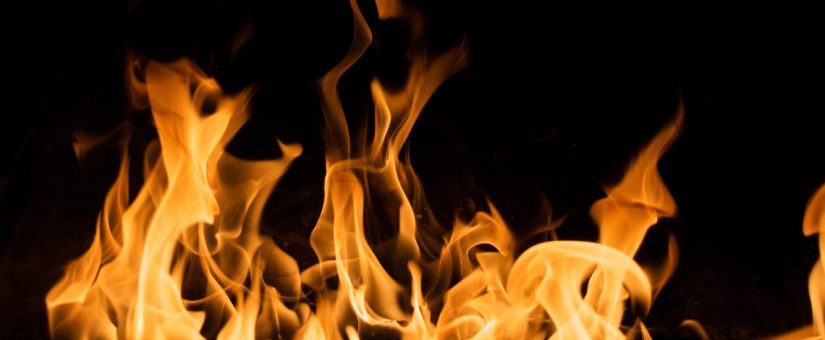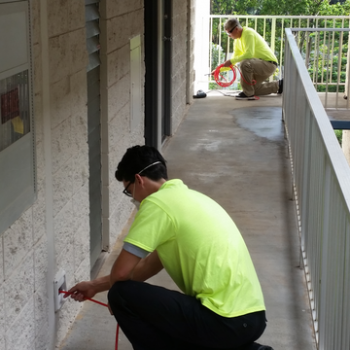
Dryer Fires Safety
- Posted by ziad
- On January 5, 2022
- 0 Comments
- cleaning, dryer fires, every dryer, safety
Dryer Fires
A majority of dryer fires occur as a result of highly flammable lint getting. That are caught in the dryer’s vent and becoming heated to the point of ignition. Most dryers come with lint traps or filters designed to capture the lint. These filters, however, fail to capture all of the lint, yet the assumption remains that emptying the filter regularly is enough to protect a dryer. This assumption accounts for half of all dryer fires, since they typically start from within lint traps.
Some Statistics:
Dryer fires are responsible for a significant number of damages, injuries, and deaths every year. There are approximately 15,600 structure fires, 400 injuries, and 15 deaths reported annually as a result of dryer fires. According to the United States Fire Administration, every year clothes dryer fires account for over $100 million in losses. Also, it involves commercial dryers have a 78% higher injury rate than residential dryer fires.
/cdn.vox-cdn.com/uploads/chorus_asset/file/19490115/fire_safety.jpeg)
Safety Tips:
- Clean and empty lint out of the exhaust pipe and the rear of the dryer after every use.
- After cleaning the lint filter, check closely for tears and rips. Replace damaged lint traps immediately.
- Never put any synthetic substances such as plastics, foams, rubber, or any pieces of cloth that may have been used to clean any potentially flammable of combustible liquids in the dryer, even if they have been thoroughly washed.
- The dryer exhaust pipe should be as short in length as allowable based on the location of your dryer vent. It should also be as strait as possible; limited bends allow for unrestricted airflow.
- The American Household Appliance Manufacturers Association (AHAM) recommends the use of rigid aluminum, spiral-wound or steel duct aluminum flex hose. They advise against the use of white vinyl hosing.
- Only run a dryer when someone is on-duty.
- If the dryer is gas-powered, as opposed to electric, have it routinely inspected by a professional to ensure that both the gas line and connection are intact.
- Keeping combustible objects away from the dryer. Objects like boxes, paper, chemicals, or anything else that acts an accelerant to fires.


0 Comments